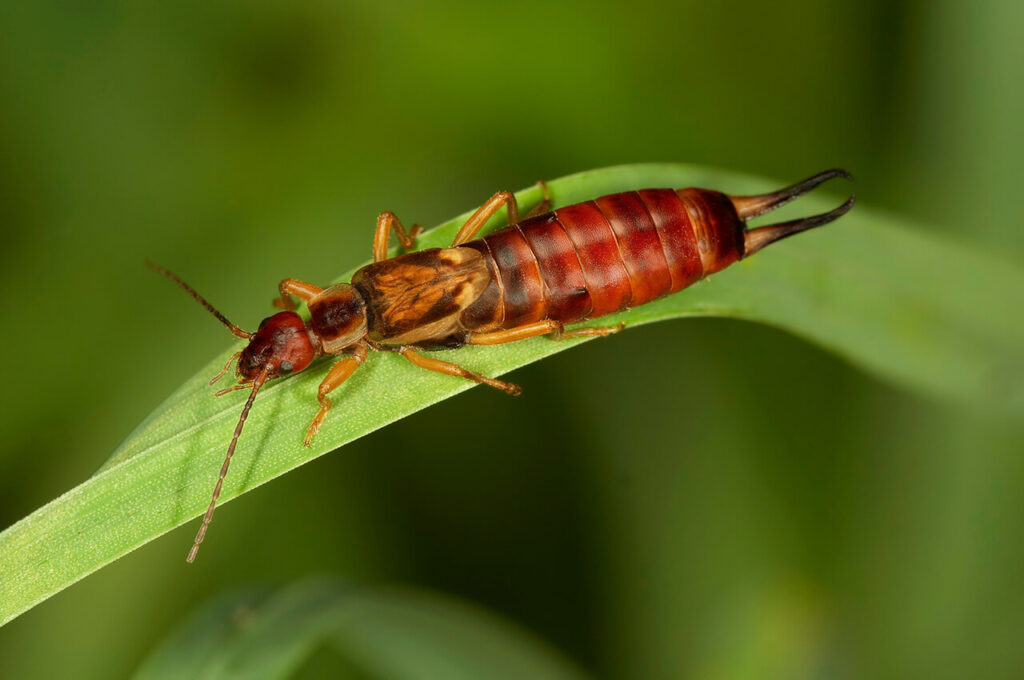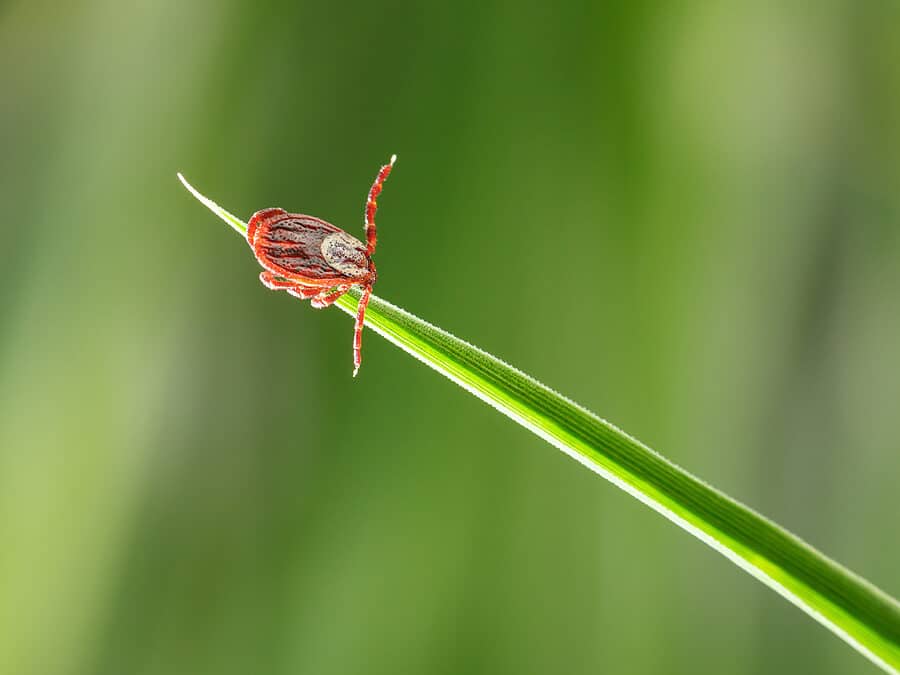Nothing spoils summer fun faster than uninvited guests—especially the ones with six legs and a knack for getting into places they shouldn’t. From ants marching across your kitchen counter to wasps building nests under your eaves, summer pests can become a big problem for homeowners if left unchecked.
But here’s the good news: a thorough home inspection can identify many of the vulnerabilities pests exploit to invade your space. Whether you’re buying a home or just want to protect your current one, understanding what inspectors look for can help you keep your home pest-free all season long.
Why Summer Pests Are So Active
Summer is prime time for pest activity. Warm temperatures and increased humidity create the perfect environment for insects and rodents to feed, breed, and find shelter. Add to that the fact that many people leave doors and windows open more often—and pests are practically being invited in.
Common summer pests include:
-
Ants
-
Termites
-
Carpenter bees
-
Wasps and hornets
-
Mosquitoes
-
Mice and rats
-
Cockroaches
-
Spiders
While some are simply annoying, others can cause significant damage to your home—or even pose health risks to your family.
How Home Inspectors Help Spot Pest Problems
A licensed home inspector is trained to look for more than just obvious damage. They assess your home’s condition, structure, and vulnerabilities, including signs of pest activity or entry points.
Here’s what inspectors typically look for during a pest-conscious summer inspection:
🔍 Visible Signs of Infestation
-
Droppings, shed skins, or nesting materials in attics, basements, and crawl spaces
-
Chewed wiring or insulation, often caused by rodents
-
Wood damage or mud tubes indicating termites
-
Wasps nests or bee hives in soffits, sheds, or garage rafters
These signs can help inspectors determine if a home currently has pests or has had them in the past.
🔍 Structural Entry Points
-
Gaps around doors and windows
-
Cracks in the foundation or siding
-
Poorly sealed vents, pipes, and utility lines
-
Broken or missing screens on windows
-
Openings around rooflines or attic vents
Any of these weak spots can allow pests a free pass into your home.
🔍 Moisture Issues
Moisture attracts pests like ants, termites, silverfish, and cockroaches. Home inspectors use moisture meters and infrared cameras to detect hidden leaks or damp areas behind walls and under floors.
They also look at:
-
Leaky faucets or pipes
-
Poor drainage around the foundation
-
Clogged or damaged gutters and downspouts
-
Water-stained ceilings or walls
Fixing moisture problems can reduce the likelihood of attracting pests and prevent mold, too.
🔍 Yard & Exterior Concerns
Inspectors often examine the landscaping around your home. Overgrown shrubs, stacked firewood, and piles of leaves can serve as hiding spots or launch pads for pests looking to move indoors.
They may point out:
-
Tree branches touching your roof (great for squirrels and ants!)
-
Excessive mulch near the foundation
-
Standing water or clogged drains (mosquito breeding grounds)
Preventative Tips for Homeowners
While your home inspector can identify risks, here are some easy ways to prevent pest issues this summer:
-
Seal cracks and gaps in the exterior of your home
-
Keep food sealed and clean up crumbs quickly
-
Fix leaky pipes and appliances
-
Use dehumidifiers in damp areas like basements
-
Store firewood at least 20 feet from your home
-
Trim back trees and bushes near the roof and walls
-
Empty standing water from buckets, planters, and birdbaths regularly
-
Schedule regular pest control if you’re in a high-risk area
Buying a Home? Don’t Skip the Inspection
If you’re buying a home during the summer months, a pest-aware home inspection is critical. You don’t want to move in only to discover termites in the walls or a rodent problem in the attic. Your inspector can alert you to signs of past or current infestations, so you can request repairs or mitigation before closing the deal.
In some cases, a separate pest inspection may be recommended, especially if you’re in a termite-prone area or buying an older home.
In Summary:
-
Summer pests are more active due to heat, moisture, and open doors/windows.
-
Home inspectors can spot signs of pest activity, entry points, and moisture issues.
-
Preventative maintenance and inspections work hand-in-hand to protect your home.
-
If buying a home, always include a thorough inspection that evaluates pest vulnerabilities.
Enjoy your summer—but don’t share it with pests. A home inspection now can help you enjoy peace of mind all season long, knowing your home is secure from unwanted intruders.


